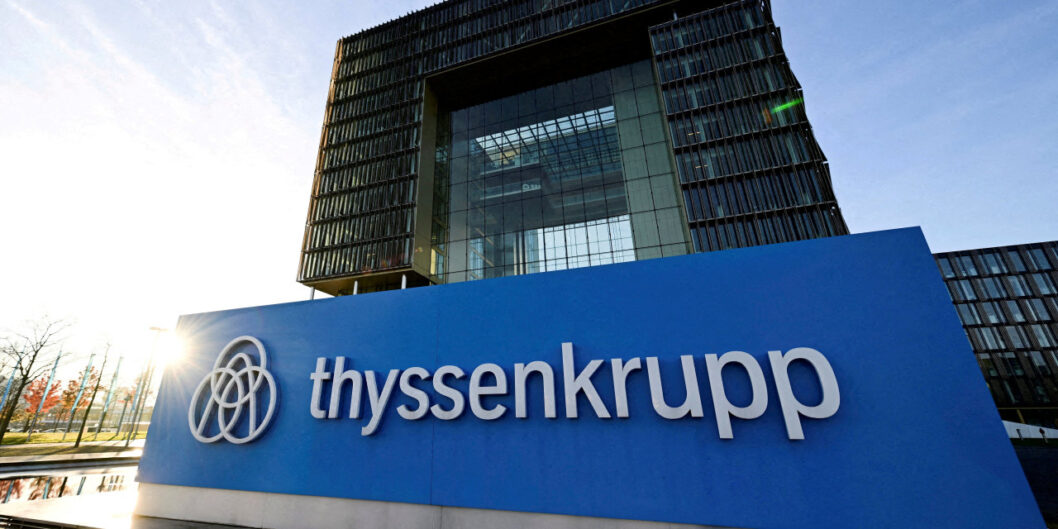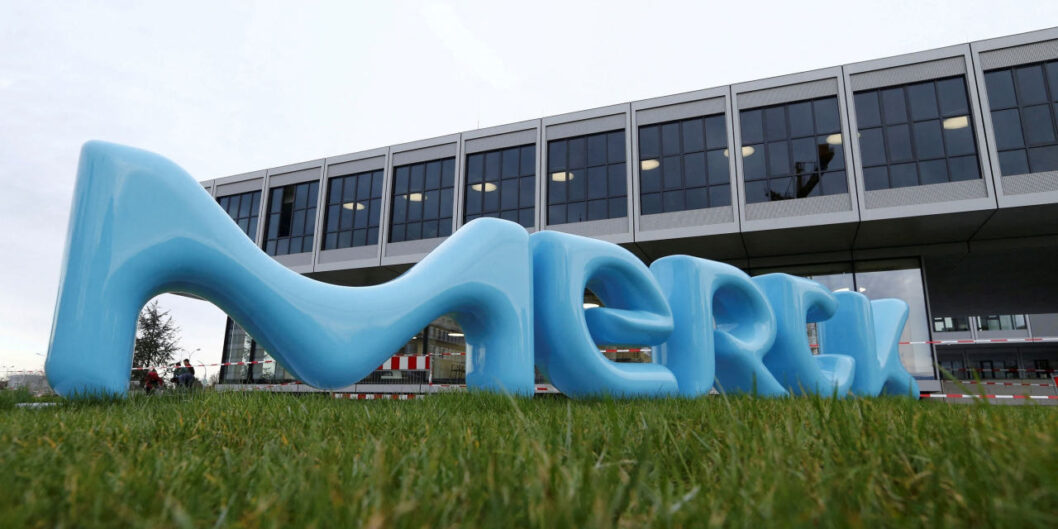Understanding High-Yield Savings Accounts: What You Need to Know
In recent years, high-yield savings accounts have gained significant attention as an attractive option for savers looking to maximize their interest earnings. With fluctuating interest rates and increased competition among banks, understanding the benefits, drawbacks, and best practices of high-yield accounts is crucial for consumers.
Interest Rates and Their Impact
Interest rates for savings accounts have fluctuated significantly. In 2023, rates surged due to the Federal Reserve’s policies but began to drop following cuts in 2024. By August 2025, top-paying accounts were offering around 4.09% interest, far surpassing the national average of 0.39% as reported by the Federal Deposit Insurance Corporation.
To put this into perspective: on a $10,000 investment, the difference in interest earned is substantial—$409 per year at 4.09% versus just $39 at 0.39%. This stark contrast emphasizes the potential for higher earnings when choosing the right high-yield savings account.
The Context of Choosing Banks
With interest rates constantly changing, it may be wise for consumers to prioritize banks known for generally competitive rates and user-friendly services rather than solely chasing the highest rate available. This approach ensures a better customer experience while maximizing savings potential.
Setting Up a High-Yield Account
Establishing a high-yield savings account is typically a quick process, often taking three to 15 minutes. Applicants will need to provide personal information such as their Social Security number and contact details. The setup can be convenient, especially at online banks, which allow for easy linking to existing checking accounts.
Ken Tumin, founder of DepositAccounts.com, notes that “high-yield savings accounts at online banks are easy to open and link to your existing checking account.” This feature enables seamless electronically transferring funds, enhancing flexibility for users. However, those interested in using the account for automatic payments might require additional setup.
Alternative Investment Options
While high-yield savings accounts serve as an excellent option for short-term savings and emergency funds, financial experts caution against viewing them as a substitute for an investment strategy. Tatiana Tsoir, a CPA, emphasizes that returns from high-yield accounts are unlikely to compete with long-term stock market performance, which generally outpaces savings accounts.
For those seeking better returns, considering stocks, bonds, or certificates of deposit (CDs) may be necessary, though these options also come with varying degrees of risk.
Enhancing Savings Strategies
For individuals seeking to boost their high-yield savings, incorporating an automatic savings program can significantly increase interest earnings. Gabe Krajicek of Kasasa highlights that consistently depositing additional funds can enhance one’s overall savings strategy.
Additionally, it’s advisable for consumers to review their account’s yield annually to ensure they are achieving the best possible return on their investments, as recommended by Maya Nijhawan, co-founder of Finch.
Conclusion: The Importance of Informed Choices
As rates continue to evolve, high-yield savings accounts stand out as a beneficial tool for maximizing interest earnings. However, understanding the broader context of personal finance—balancing short-term savings needs with long-term investment strategies—is essential for making informed financial decisions. With careful consideration of rates, bank performance, and individual financial goals, consumers can make the most of their high-yield savings accounts and enhance their overall financial well-being.












